Characteristics of altitude taste in Essex plus Sheffield Coffee producing area description of brewing flavor of coffee beans in Edido cooperative
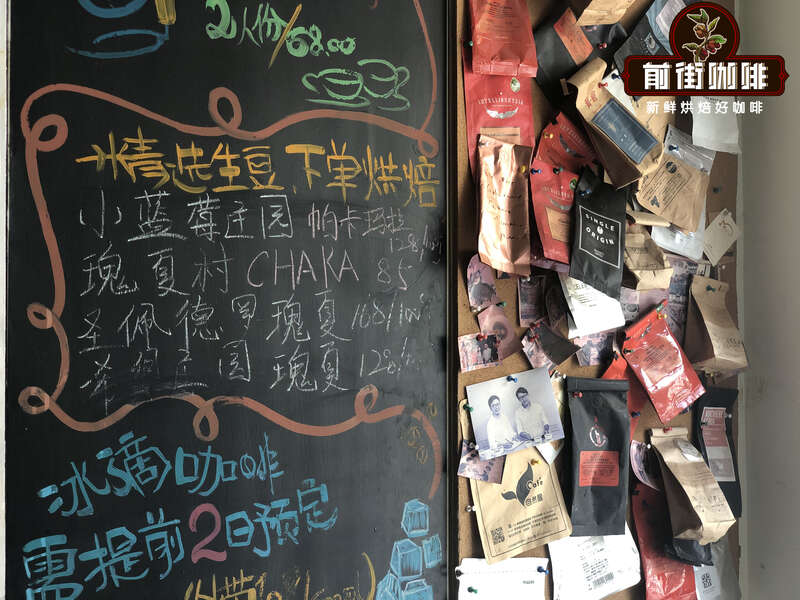
Professional coffee knowledge exchange more coffee bean information please follow the coffee workshop (Wechat official account cafe_style)
Since the implementation of the EXC exchange system in Ethiopia in 2008, most raw coffee beans have been sold by competitive bidding under this system, but cooperatives are not under this jurisdiction. They can directly contact buyers, negotiate prices and export. The establishment of cooperatives is to protect their farmers from the low-price exploitation of acquirers, and cooperatives can also provide loan assistance when the economy is in trouble. It is very positive for both farmers and coffee production.
Edido Cooperative
IDIDO
YCFCU, a member of the Yirgacheffe Coffee Farmers Cooperative Union (YCFCU), founded in 2002, has 24 junior cooperatives and about 50, 000 farmers. At present, cooperatives are not regulated by the ECX (Ethiopian Coffee Exchange) system of bulk coffee trading, so buyers can select each batch of raw beans according to their preferences and quality, and can be traced back to detailed coffee files, such as producing areas, growers / producers, etc., through direct trade, buyers and farmers can establish a deeper relationship with farmers, in addition to getting reasonable remuneration. Even with material or financial assistance from berry processing machines and equipment, processing facilities, etc., higher quality coffee can be produced.
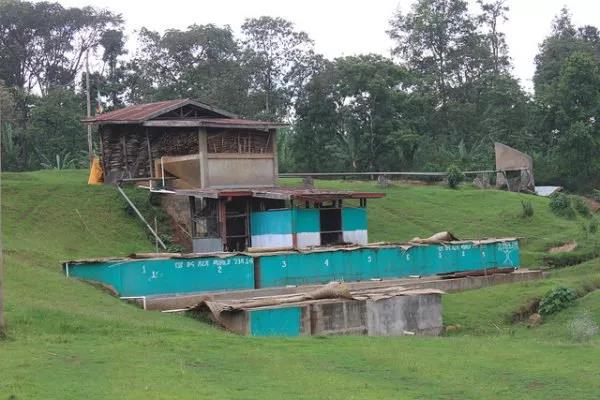
The Edido Cooperative is located in the high-altitude valley of the town of Yegashifi, with annual rainfall of about 1400-1800 mm. Local farmers grow coffee about 2, 000 meters above sea level. Thanks to the cool mountain air that allows coffee to slowly ripen in good soil conditions and ecosystems, small farmers then harvest ripe red fruits every year from December to February. Like other cooperatives, Ediot has the quality conditions to produce one or two good coffees: 1. High altitude 2. Excellent processing technology 3. High nutrient soil 4. Native species of Ethiopia. Through the cultivation of such a high-quality geographical environment, Qianjie found that the coffee beans produced here have a charming floral fragrance, which can be said to be a bit like Rosa coffee.
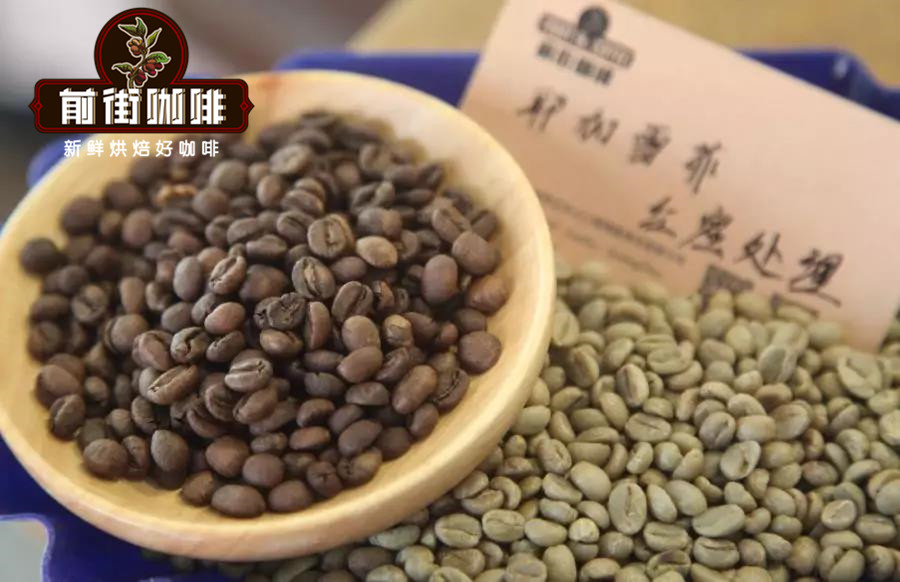
Qianjie Coffee-Yejia Chuefei Red Honey to treat Red Cherry
Producing area: Yega Xuefei idido
Planting altitude: 2000-2200m
Treatment method: red honey treatment
Variety: native species
Grade: G1
What is a red cherry?
The "Red Cherry Project" (ORC) is a project to improve the quality of small-scale farms. In 2007, Trabocca, the largest raw bean manufacturer in the Netherlands, proposed the "Red Cherry Project" in pursuit of high-quality Essex beans. The plan calls for picking raw coffee beans, not only the all-red fruits, but also by hand. And these all-red fruits are like ripe red cherries, so they are called red cherry coffee fruits.
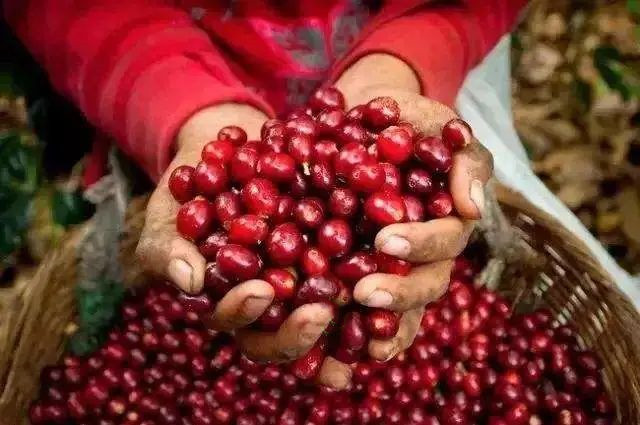
Trabocca, the largest coffee bean seller in the Netherlands, invites all Ethiopian farms to produce small batches of about 1500-3000 kg (25,050 bags) of beans before the harvest season. Women can only choose fully 100% ripe red cherries, which is very different from the flavor of the brewed coffee, so careful, discerning and industrious Ethiopian women are important drivers of the Red Cherry project. The Red Cherry program is also a reinforcement, making farms pay more attention to the process of selecting beans, and the prices of these coffees are relatively high.
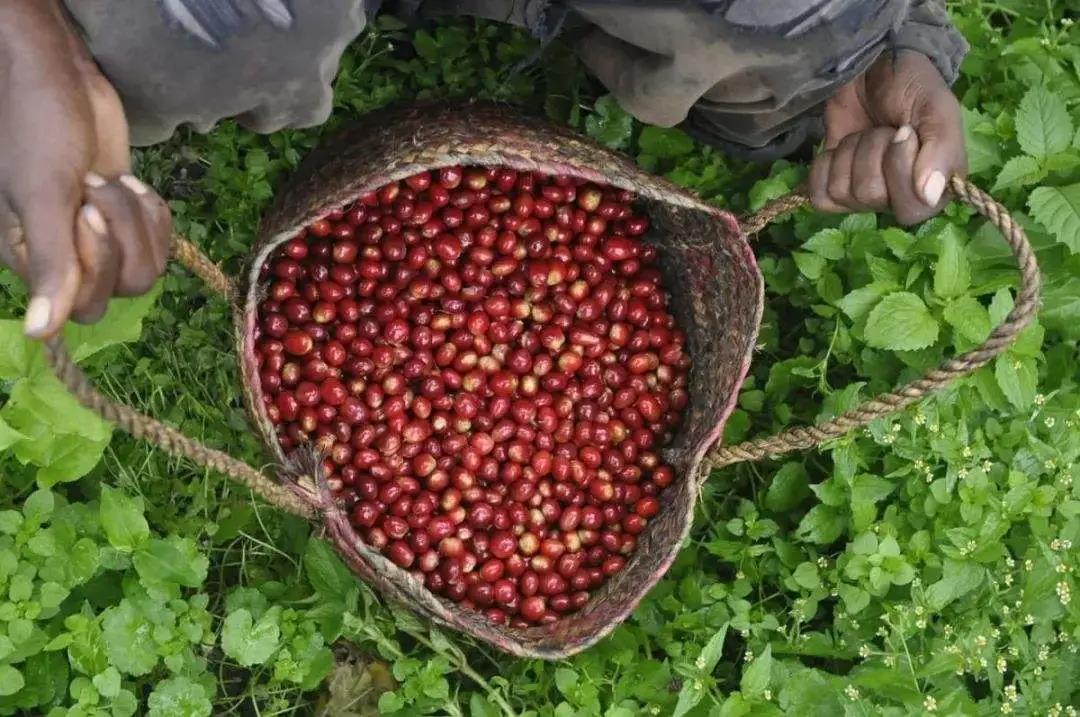
You can imagine that the fully ripe coffee fruit is also very rich in sugar in pulp and pectin. Through the cup test in the front street, it is found that the coffee beans planned by red cherries will feel much sweeter than those harvested in general. Therefore, it is very suitable to use sun treatment or honey treatment to improve the sweetness of coffee.
Red honey treatment
Red Honey
Honey treatment refers to the process of making raw beans with mucous membrane for sun-drying. After the outer pulp of the coffee bean is removed, there will be a layer of sticky jelly. The traditional washing method washes it away with clean water, but this direct drying method has been born because of the limitations of water resources in some high-altitude areas.

Pectin mucous membrane is the part with the highest content of coffee fructose, and it is also an important part of coffee fermentation. It can be said that 80% of this part determines the supply of nutrients in the process. Yellow honey retains 60% pectin, red honey retains 75% pectin, and black honey hardly removes pectin. Qianjie believes that red-treated coffee beans have a smooth taste, such as berry juice, and enhance the sweetness of coffee beans.
Qianjie Coffee Baking record
The front street baker uses Yang family 800N semi-direct fire with a baking capacity of 550g. The furnace temperature is 180 ℃, the firepower is 130, and the throttle is set at 3; the temperature recovery point is 1: 39: 32 ". When the furnace temperature is 146℃, the throttle is opened to 4, and the firepower remains unchanged; when the furnace temperature is 149℃, the bean meter turns yellow, the grass smell disappears completely, and enters the dehydration stage. When the furnace temperature reaches 166℃, the firepower is adjusted to 110, and the throttle remains unchanged.
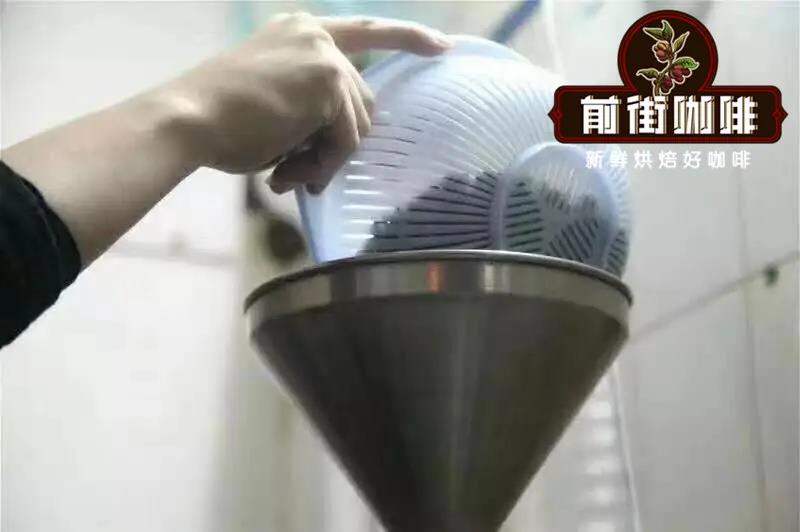
The smell of toasted bread has obviously changed to the smell of coffee, which can be defined as a prelude to an explosion. At this time, it is necessary to listen carefully to the sound of the explosion point. The sound of the explosion point starts to explode at the 8th hour, the throttle opens to 5, and after the explosion, the development of the 28190 ℃ after the explosion.
Coffee cup test report on Qianjie
Qianjie Coffee will be tested within 8-24 hours after the sample beans are roasted. The cup test uses a ceramic bowl with a capacity of 200ml and a water temperature of 94 °C. The cup test grinding degree is 20 standard screen (0.85 mm), the pass rate is 70% Mel 75%. Ratio: 11 grams of coffee powder and 200 milliliters of hot water, that is, 1VR 18.18, so that the concentration of the extract is exactly within the range of 1.15% Murray 1.35% gold cup, and the soaking time is 4 minutes.
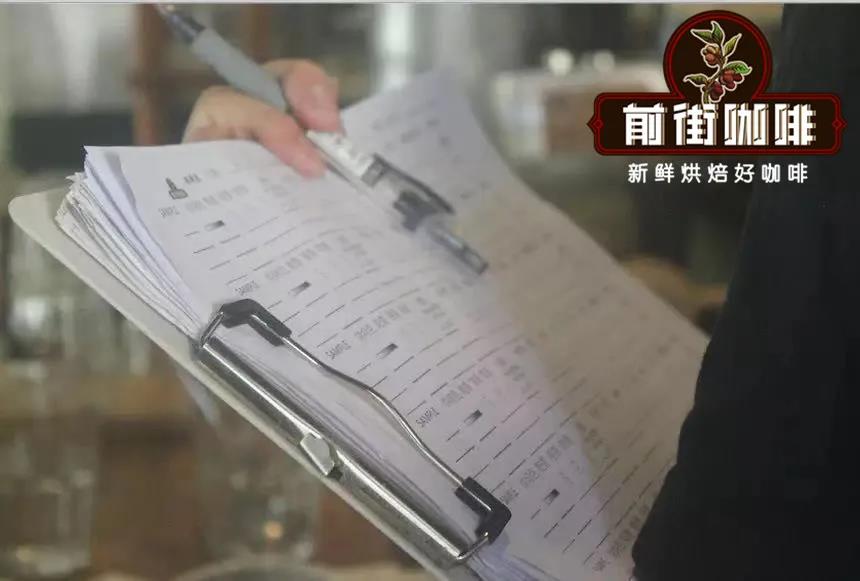
The freshly ground aroma has fresh floral aromas, such as jasmine and ginger. After pouring 94 °C hot water, the front street barista smelled the charming fragrance of jasmine and the sweetness of berry juice. After sucking the mouth, there is a bright citrus acidity, followed by berry juice, then jasmine and ginger aromas in the mouth, and a honey-like sweetness and almond aroma on the tongue.
Experience of brewing coffee in Qianjie
Filter cup: V60 # 01
Water temperature: 90-91 degrees
Powder content: 15g
Ratio of powder to water: 1:15
Degree of grinding: medium fine grinding (No. 20 sieve bowl sieve powder to 80%)

The front street cooking technique: first wet the filter paper and preheat the filter cup and the coffee pot. Steam with 30 grams of water for 30 seconds, small flow circle injection to 125 grams, continue to inject water to 225 grams when the water level is about to be exposed, remove the filter cup when the water level is about to expose the powder bed, (the time of steaming starts) the extraction time is 2 minutes 39 minutes 07 ".
Brewing flavor: it smells of ginger flowers, citrus, lemon and fruit sugar in the mouth, Cunninghamia lanceolata in the middle, honey sweetness in the middle, oolong tea in the end and long-lasting cream finish.
For more boutique coffee beans, please add private Qianjie coffee on Wechat. WeChat account: kaixinguoguo0925
Important Notice :
前街咖啡 FrontStreet Coffee has moved to new addredd:
FrontStreet Coffee Address: 315,Donghua East Road,GuangZhou
Tel:020 38364473
- Prev
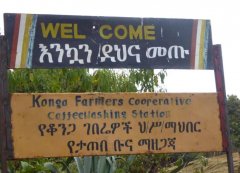
Kongjia Cooperative with Fair Trade and Organic cultivation Certification Kongjia Coffee Bean Flavor
Professional coffee knowledge exchange more coffee bean information please follow Coffee Workshop (Wechat official account cafe_style) there are different cooperatives in Ethiopia coffee producing areas, each of which helps coffee farmers in a region to better grow and sell their own coffee beans. In this article, Qianjie continues to talk about the cooperatives in the Yegashifi producing area, which have fair trade and
- Next
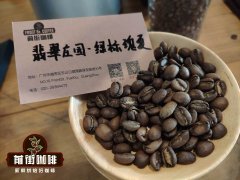
Panamanian Poket boutique coffee details what is the quality of Panamanian Rosa coffee beans?
Although Panama has been growing coffee since the early 20th century, over the past 20 years, the country has been known only for producing high-quality coffee. Today, thanks in large part to the success of the geisha breed, Panama is famous for producing high-quality coffee and is sought after by bakers, buyers and competing baristas around the world. The Panamanian producing area is located in the large
Related
- Beginners will see the "Coffee pull flower" guide!
- What is the difference between ice blog purified milk and ordinary milk coffee?
- Why is the Philippines the largest producer of crops in Liberia?
- For coffee extraction, should the fine powder be retained?
- How does extracted espresso fill pressed powder? How much strength does it take to press the powder?
- How to make jasmine cold extract coffee? Is the jasmine + latte good?
- Will this little toy really make the coffee taste better? How does Lily Drip affect coffee extraction?
- Will the action of slapping the filter cup also affect coffee extraction?
- What's the difference between powder-to-water ratio and powder-to-liquid ratio?
- What is the Ethiopian local species? What does it have to do with Heirloom native species?

